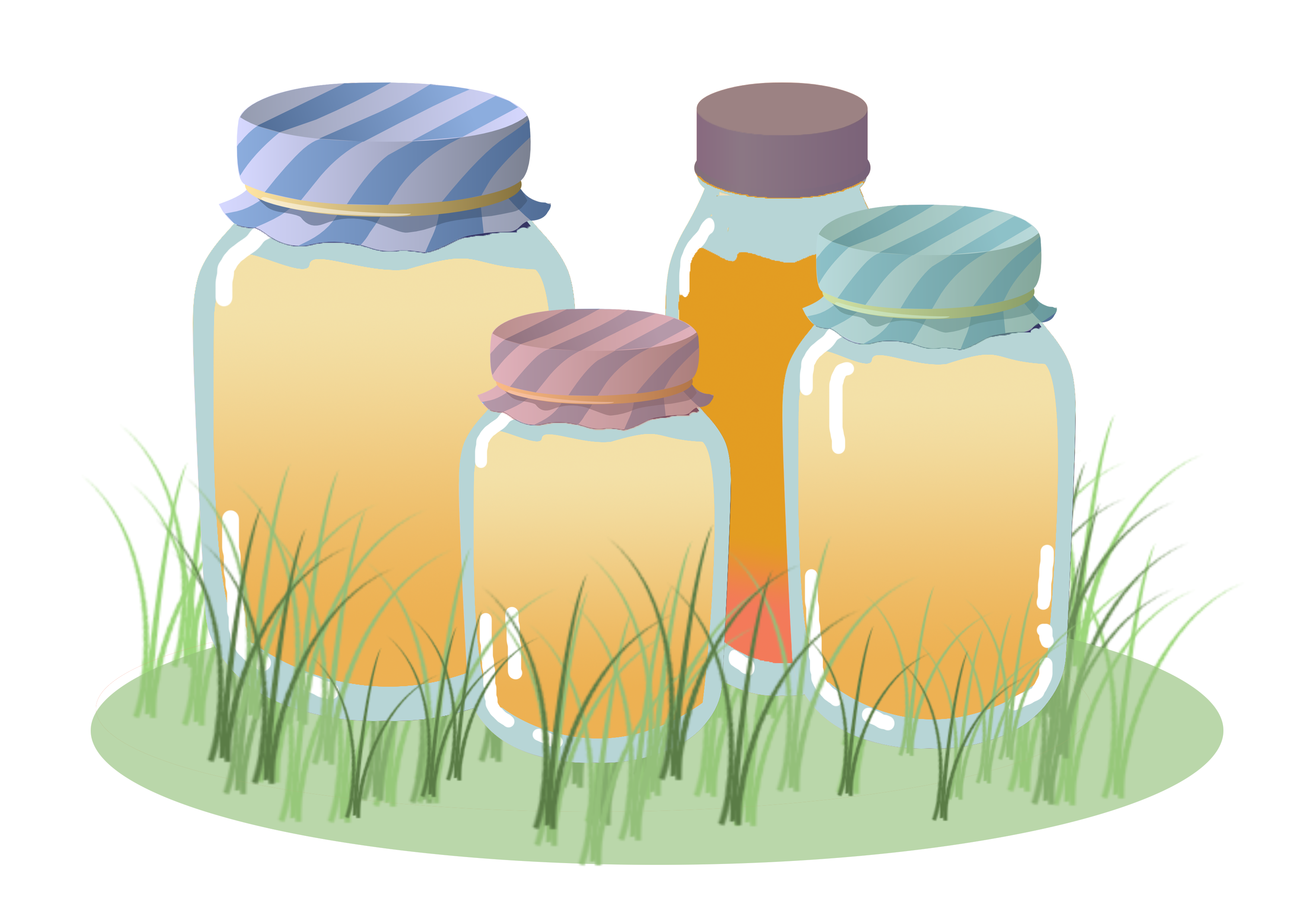How the old drink of Kombucha is reaching a brand new crowd, right here in Montreal
Trendy ‘healthy’ products come and go. One week it’s coconut water, the next week you hear about Charlie Sheen distilling goat urine to cure his HIV. It can be hard to find the truth behind these products’ healthy claims. Enter a trend that’s quickly grown a cult following over the past few years: Kombucha.

If you’re anything like me, you might be asking yourself: What is it? What goes into that small bottle of supposed liquid magic that makes it so special?
To its devoted followers, Kombucha has reached the status of religious sacrament. “It’s good for hangovers and helps with your stomach flora,” said Mark Underwood, Sustainable Concordia office coordinator and Kombucha enthusiast.
I don’t know about you, but I’m not sure I want some funky drink messing with my gut garden.
The true nature of its health benefits is still up for debate as major companies have opted not to conduct trials on it due to its relatively low cost of production, said Underwood. According to Underwood, anyone can make a gallon of Kombucha for right around 50 cents.

I decided to try it and quickly found that in reality it’s just a weird fermented tea drink. To the untrained eye, it seems like the lovechild of a yoga instructor and prison wine.
As it turns out, Kombucha isn’t that new of a product after all. The drink has been floating around for over a hundred years and its origins are dubious.
Kombucha’s secret sauce is the SCOBY (symbiotic culture of bacteria and yeast). Not to be confused with everyone’s favourite mystery-solving dog, the SCOBY is a circular white blob made of bacteria that may or may not be an alien. Essentially, this fascinating furtive fungus feeds off a diet of sugar and tea, and in return shits out every probiotic a human could ever ask for.
If you think that a bacteria drink made from a mushroom-looking fungus isn’t Sci-Fi enough for you, wait until you hear about the one living in St-Leonard. Rumors of a legendary fungus nine meters in diameter have spread around the Montreal Kombucha scene, Underwood said. This legendary scourge is at the heart of Montreal’s largest corporate Kombucha maker, RISE.
RISE Kombucha is a subsidiary of the locally owned raw vegan restaurant Crudessence. Started after its co-founder David Côté brought back a small SCOBY from Hawaii, they are still making Kombucha from it more than two years later. I met with RISE’s production manager Nathan Balaga to discuss the mythical mutant and whether it may lead to the end of civilization as we know it.
“Undeniably there are health benefits. We’re not going to cure cancer, but we might be able to stop you from getting it,” suggested Balaga.

According to Balaga, making Kombucha on a larger scale is no easy task. For any fungus fanatic like Balaga, there are strict rules that must be followed. The SCOBY needs special treatment. Its home must stay completely sanitized, cannot come into contact with metal or direct sunlight and must remain at a stable temperature.
“If it doesn’t look healthy, don’t drink it,” he said. This is a danger for people brewing it on their own who may consume a batch of Kombucha after their SCOBY has gone moldy.
So now that you’ve been exposed to the strange tonic, why not make it yourself?
Your first step is to find a SCOBY. Luckily for us, Crudessence is there to help. They sell both SCOBYs and the starter liquid that keeps them alive. Starter liquid is the foundation for keeping your SCOBY healthy and is the lifeblood of the entire process.
Once you decide it’s time to start making your own witch’s brew, all you need is a huge jar, four liters of black or green tea, a cup of sugar and your SCOBY with its starter liquid. When added together in a sterile jar—which is easy as rinsing the jar with apple cider vinegar—the SCOBY will feed on the sugar and produce yeast as a byproduct. This is known as the first fermentation.
After waiting between five days and a month depending on how strong you want your Kombucha to be, you then mix your newly created potion with a fruit juice of your choice. This will add some flavour to your brew.
Many people find that the taste of Kombucha is different than what they expected. Its fermentation process leaves it with a strange aftertaste that almost feels alive. If this is the case with your Kombucha it means it’s working. Focus on the mind controlling mustiness and be one with the fungi. If all works out well you can be a fungus too.



